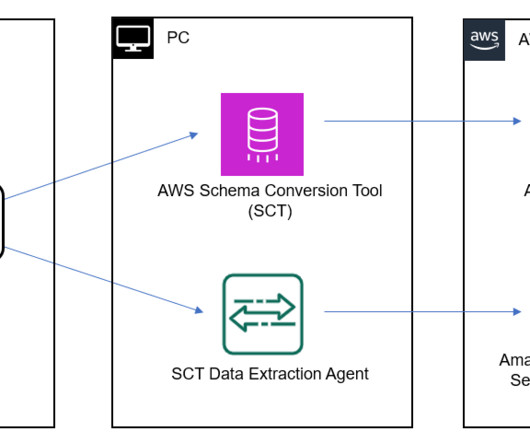What are decision support systems? Sifting data for better business decisions
CIO Business Intelligence
NOVEMBER 14, 2022
With organizations increasingly focused on data-driven decision making, decision science (or decision intelligence) is on the rise, and decision scientists may be the key to unlocking the potential of decision science systems. ERP dashboards. Clinical DSS. These systems help clinicians diagnose their patients.














Let's personalize your content